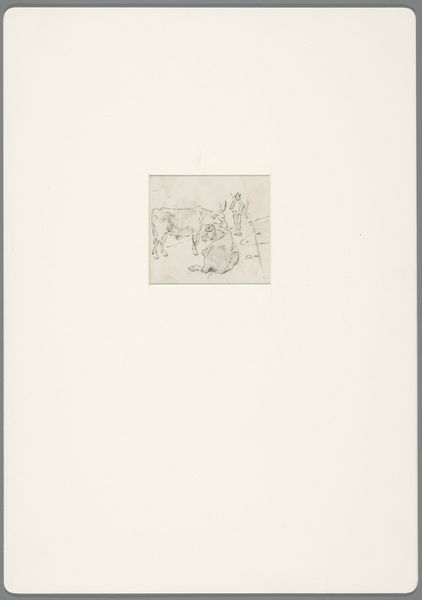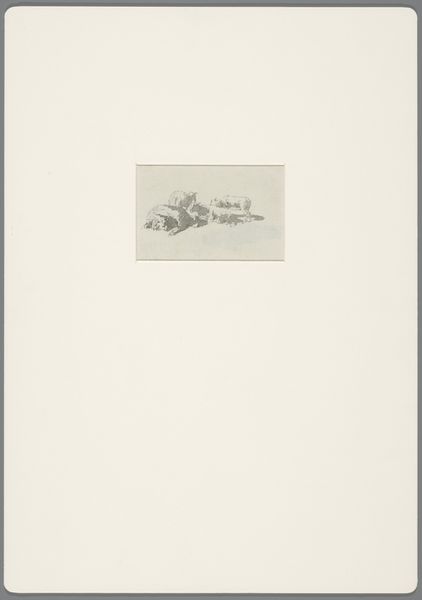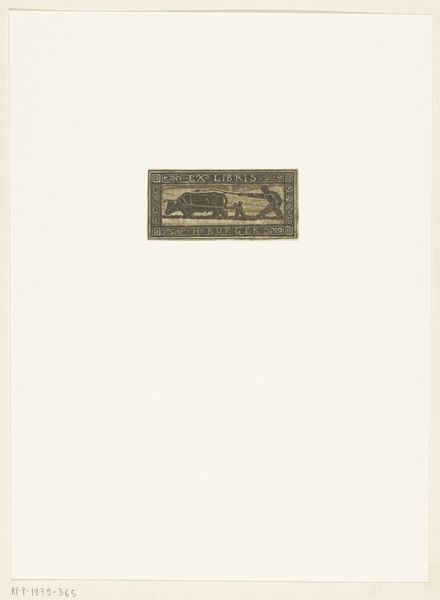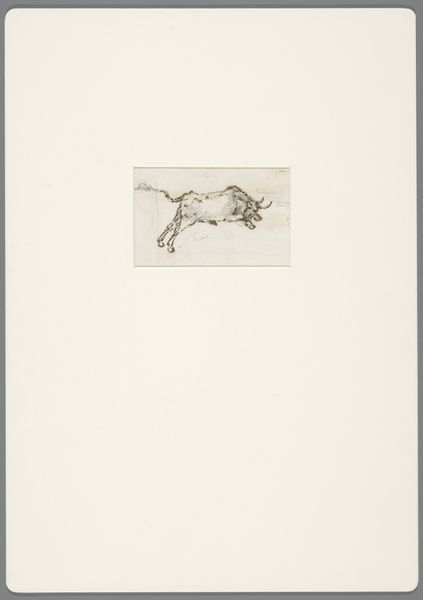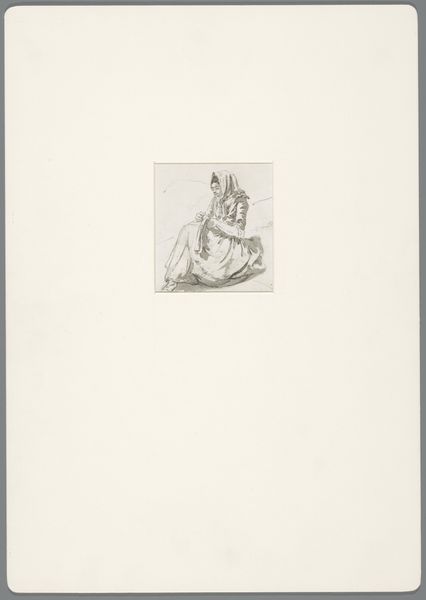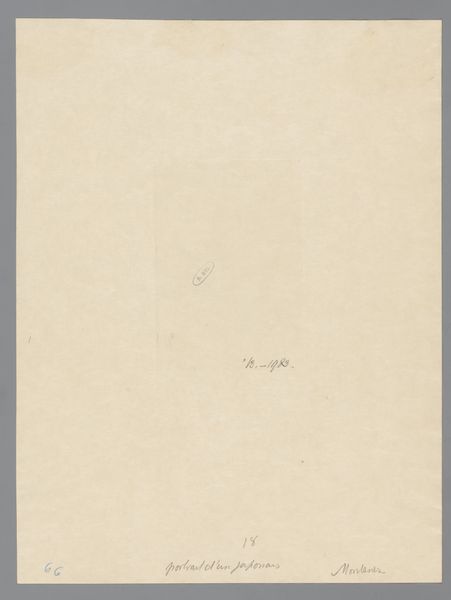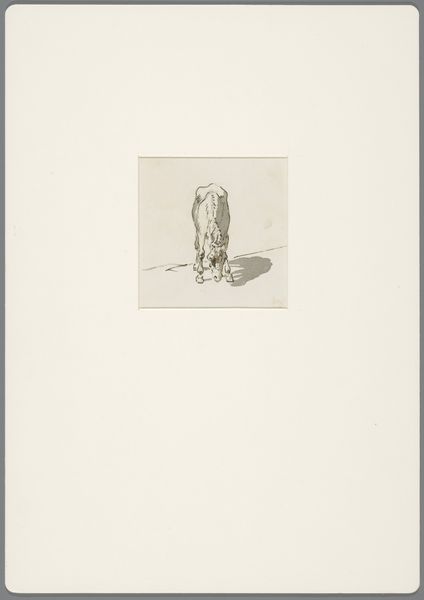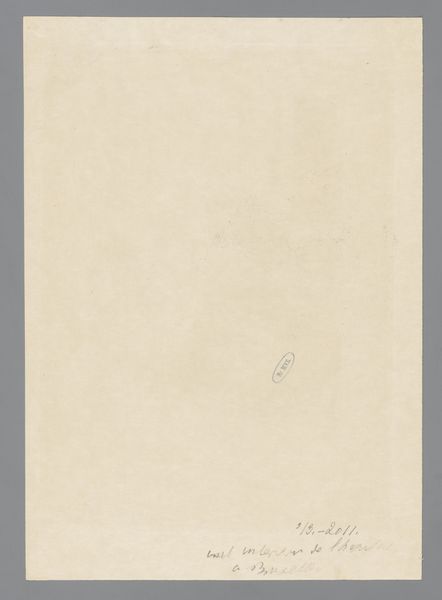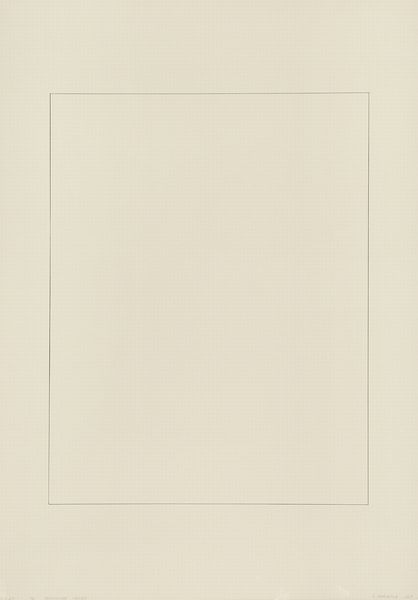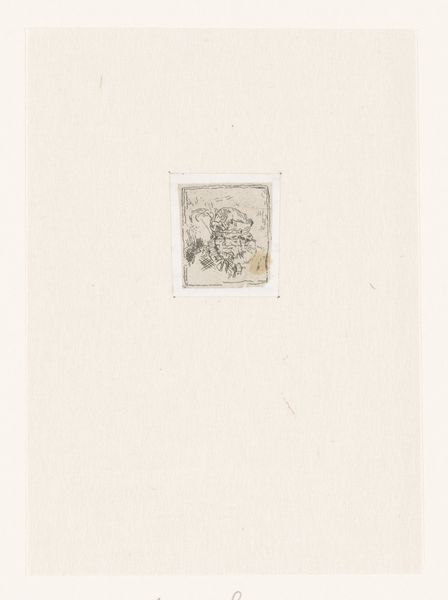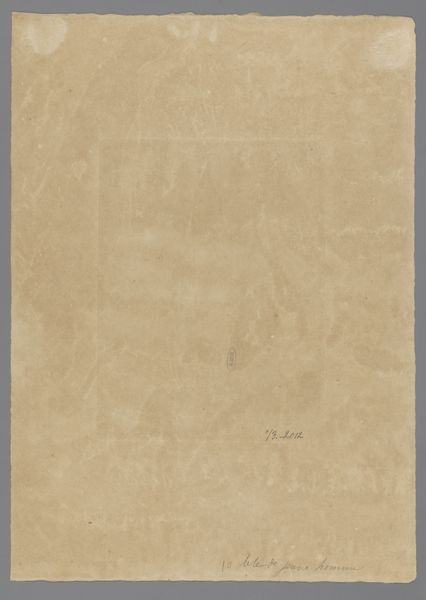
drawing, print
drawing
landscape
figuration
line
Dimensions: height 51 mm, width 107 mm
Copyright: Rijks Museum: Open Domain
Editor: So, here we have "Ex libris van P.H. Burgers" from 1925 by Richard Nicolaüs Roland Holst. It seems to be a print or drawing. I am struck by the sort of timeless feel of it – like something from an old myth or fable. What do you see in this piece, looking at it through your lens? Curator: I’m immediately drawn to the imagery: the ox, the figure guiding it. They resonate deeply, echoing images of labor and human connection with nature found across cultures. Oxen have historically symbolized patience, strength, and sacrifice. Consider the religious contexts where they bear burdens, or the agrarian societies where their labor literally laid the foundations of civilization. Editor: That makes sense. I hadn't really thought about how loaded such a simple image could be. Curator: Exactly! The human figure controlling the ox also has a potent symbolism, touching upon themes of control, responsibility, and partnership. The image implies not just labor but a symbiotic relationship. But notice too the placement of the title. "Ex libris" meaning "from the books of…” It suggests ownership, yes, but also the weight of knowledge, of inherited stories. Is it a triumphant scene, or one of relentless work? What emotions do you get from these figures? Editor: I can see how the image holds that tension, that ambiguity between triumph and toil, pride and burden. It really adds to the feeling of something ancient being evoked. Curator: Precisely. Holst is tapping into something primal in our collective visual memory, using recognizable images to convey complex and even conflicting feelings. Hopefully this offers some perspective. Editor: This has certainly given me a richer understanding of this piece. It is more than just a drawing; it's a story.
Comments
No comments
Be the first to comment and join the conversation on the ultimate creative platform.
